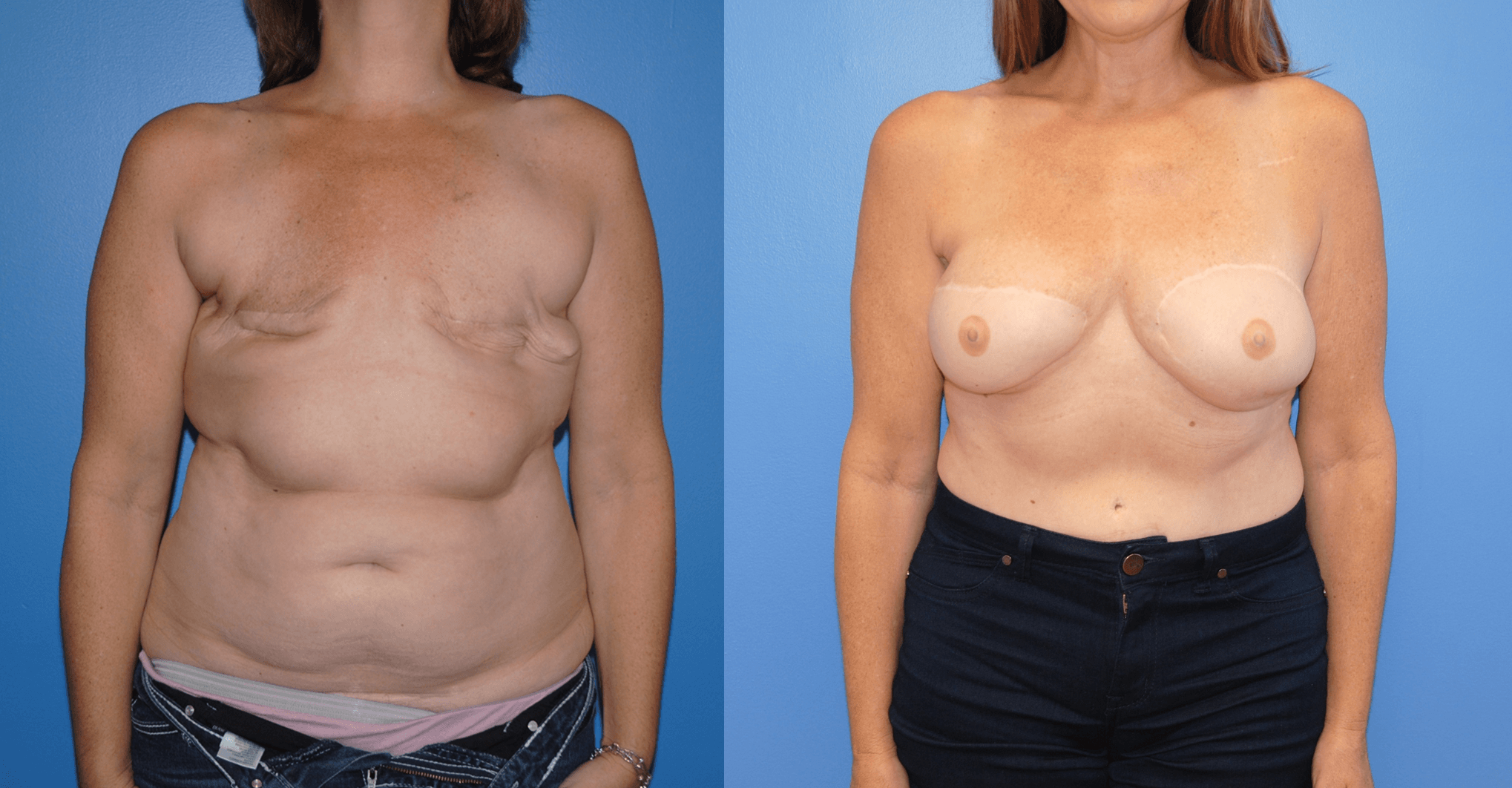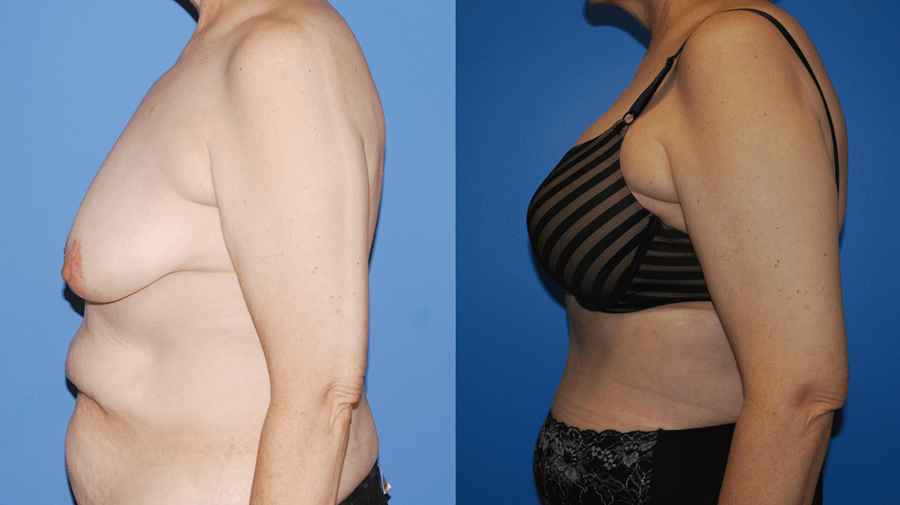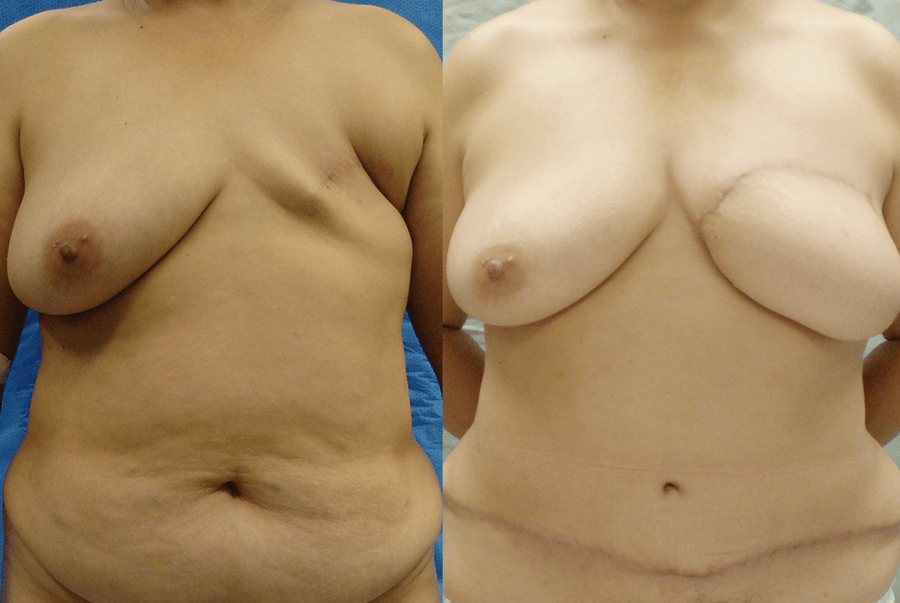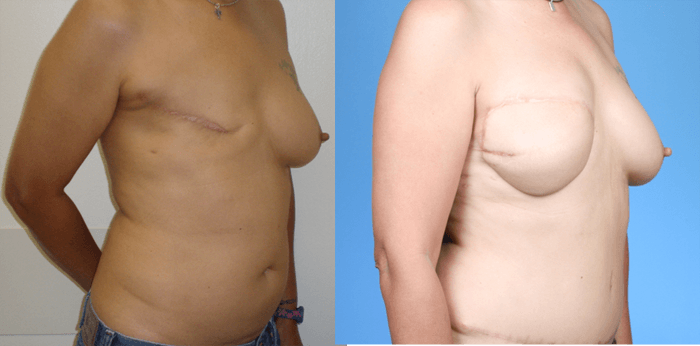Deep Inferior Epigastric Artery Perforator (DIEP) flaps are often a great choice when reconstructing the breast following mastectomy that has undergone radiation. There are many different scenarios that present to plastic and reconstructive surgeons with regard to breast reconstruction. We often see patients in our office who have undergone mastectomy followed by radiation and who now choose to undergo breast…








